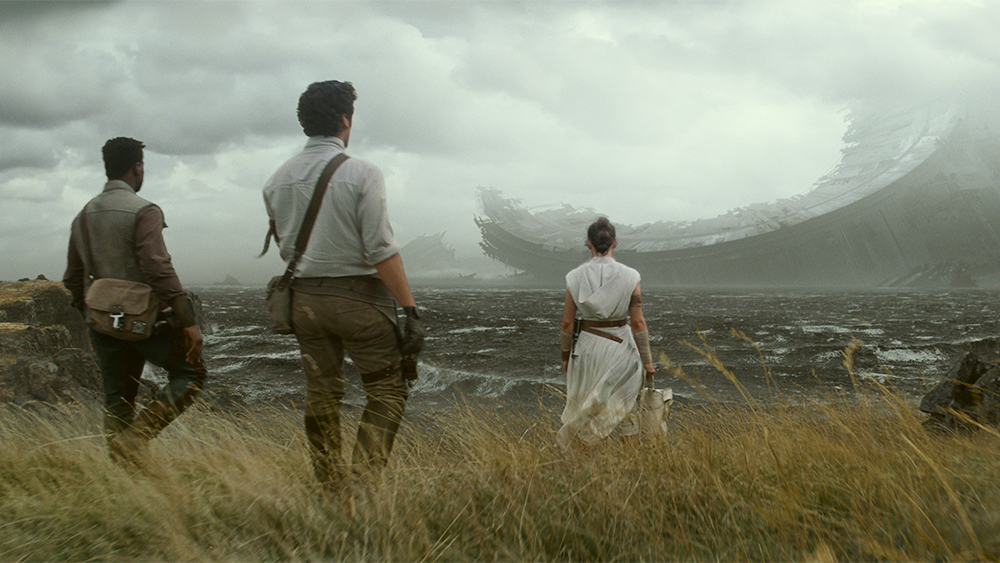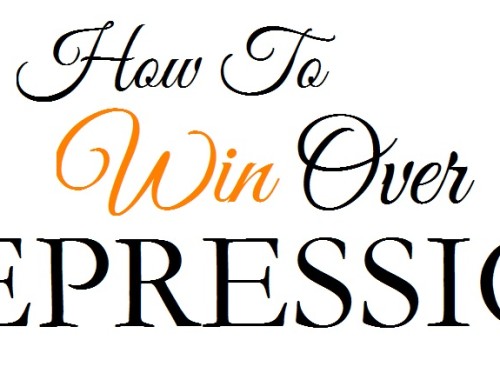I took Introduction to Spiritual Formation, ironically, during my last semester at United. The course had been introduced as a requirement after I’d started in 2016, but it was still required in order for me to graduate and it only fit during those last few months. I’m grateful to United for making me take it, though, because it was one of the most rewarding and personally enriching classes I’ve ever had. Some of the coursework and reading assignments will stick with me forever, but none as much as the family genogram.
Briefly, a family genogram is essentially a family tree that tracks more than just who married who and who your cousins are– different genograms can be focused on a variety of elements like medical history or geography. For my Formation class, my professor asked us to go back four generations and examine how that history has shaped us– how has my family culture, our religious and social beliefs, molded me into who I am today? I called up different family members and spent some time talking about those questions– who was Catholic, when did they convert, who deconverted? Where did this person live, what were they like, what do they remember about my great-grandfather? Once I had all those stories and bits and pieces of facts and recollections, I sat down to draw the familiar tree framework I could tie all those bits to.
It took me three, four, maybe five tries. Just to get the basic structure on a piece of posterboard. Visually explaining my family history in that chart seemed like an impossible task, and eventually I had to get creative. The primary problem was: everyone was divorced and remarried, going back three generations. There were children and cousins and ex-wives and aunts and uncles that just didn’t fit neatly onto that simple wire frame. Once I’d managed that, though, I felt something stir in my gut that recognized there was more to the abstract-looking tree I’d sketched than lines and breaks and names. This tree looked broken. It looked painfully pruned and splintered and grafted. There were absences, blank spaces, and dotted lines representing happiness and heartache.
I looked at that tree and saw trauma, reaching back generations. On one side, there was an offshoot where six siblings had gone unnamed– the second they could get away from their monster of a father who’d beaten them and abused their mother, they fled. In my family, they fled from all our collective memories, too. Some figures had every possible symbol, carefully explained in the accompanying legend, and other spaces were empty. I don’t know my great-uncle’s religion because he stole all my great-grandmother’s money and skipped town. Some relatives needed multiple icons next to their name to represent a myriad of conversions over the years as they desperately searched for a faith to comfort their pain.
Making that tree was messy and hard– and far more painful than I expected. How did this make me who I am? the assignment asked, and searching for an answer in all those tangled branches took time.
***
In my classes on biblical interpretation, notably Interpretation as Resistance: Womanist, Feminist, and Queer Readings of the Bible, we talked a lot about generational trauma and how it affects families, how it affects how we read and what we believe. Working on my family genogram, the generational trauma became blatantly obvious– you could trace it down through the ever-shifting geography of my family, the lost connections and blank spaces. For a while, it seemed like suffering was my family’s only legacy. See all these fractures? See all the rage and hurt behind the missing answers? No one wants to remember the lightning that split this canopy.
Eventually, though, a different image took shape: alongside the trauma was resolve. Determination. Perseverance. Grit. After everything we had been through, each generation picked up the pieces and tried again. We loved, we married, we had children, built lives. It didn’t always work and sometimes ended disastrously, but the family that made me who I am is, in some ways, a miracle. We’ve fought every step of the way to be here, and while there were missteps, most generations did their best to be better than their forebears. My great-grandmother, abused in a Catholic orphanage and forced to raised her children as a single mother in a time where few supports existed for her, brought some incredibly kind and hardworking people into the world. My own mother, a latchkey kid whose personal story is still one of the most harrowing I’ve ever heard, refused to make the same mistakes as her parents and every day showed her daughter how precious she was. My father, from a broken home, kicked out of multiple schools and left with few options besides joining the military, worked his entire life to keep his family safe and whole in a way his home had never been.
I’ve vowed to do the same. I don’t know what my own family will look like, but I will leave behind something worth remembering.
***
So what in the world does all this have to do with Star Wars: The Rise of Skywalker and Kylo Ren?
My history is why I don’t think Kylo can be redeemed. To be frank, I’ve never wanted redemption for his character– that xenophobic, brainwashing torturer with masturbatory fantasies about the glories of fascism? Hard pass. I don’t need him to finally choose the Light after slaughtering planets and parents. Some people really are irredeemable, and there are some choices you can’t come back from. This has been a truth at the heart of Star Wars since Return of the Jedi came out in 1983: Darth Vader could kill the emperor, but there was no saving himself. Or, as Yoda told Luke: “Once you start down the dark path, forever will it dominate your destiny.” Forgiveness is possible, yes. Anakin reached out for the Light in the last few minutes of his life and found peace. But not absolution.
This was the lesson Rey had to learn in The Last Jedi. When she comes to Acht-To, she came to see the Luke who had willingly submitted himself to an audience before the emperor out of love and compassion for his father– as well as the belief that goodness can prevail even in the blackest of hearts. She believed she could do the same for Ben, cross the same divide. What she found, instead, was a Kylo killing his master not as a Jedi defending the helpless, but as a Sith dethroning his master and taking his place. “Let the past die. Kill it, if you have to,” he says to her. Rey chooses Light and life and belonging and resistance over the temptation toward revenge and control.
Looking at the Skywalker family genogram, it also doesn’t make narrative sense for Kylo’s entire story arch to end in him turning back to the Light. For me, at least, redemption narratives have two basic options: the villain or anti-hero inhabits this place in the plot because of trauma, especially generational trauma. Overcoming that, resisting it, redeeming it, involves being honest about your life and what’s shaped you. It means seeking love, wholeness, and healing. The other narrative option is the villain seeks redemption by committing themselves to the work. An excellent example of this is Zuko from Avatar: The Last Airbender.
The problem with both of these options? They take time– time Kylo Ren in the last film of the trilogy simply does not have. A character coming back from what he’s done in 155 minutes could only be cheap and shallow and horribly unearned.
But for me, the biggest problem is that we don’t see either of these impulses in Kylo’s character, and neither does he have the background justification for the plotline he was chased away from the Light by betrayal or abuse. There’s plenty of both in the Skywalker family genogram, but it’s like he looked at his tree and decided the great-uncle who stole all the money and skipped town was the example worth emulating. His entire life is a calculated decision, not the unaware choices by someone deeply informed by trauma. He’s hungry for power, zealous to destroy any legacy of happiness and healing in his family.
And most troubling to me: his pain is invented.
Leia and Han both agree it’s not their son, Ben, who is making these choices. Not independently. Instead, they believe he’s been twisted by Snoke. In The Force Awakens, we could possibly see that reflected in his emotional instability and rage. However, by the conclusion of The Last Jedi, we know this isn’t the truth. He deliberately kills Snoke not to escape from his influence and manipulation and turn back to the Light, but to assert he is no longer dependent on Snoke and is now ready to assume control of the First Order, which he immediately directs toward his personal vendetta.
The saber duel with Luke on Crait is not revenge for a painful betrayal, but motivated by the same impulse behind killing Snoke: he is outraged any person in the universe exists who would dare tell him what to do. They would deny him power, and that’s all he craves. His self-justification for this is how “wrongly” they’ve treated him, how miserable they made him … denying him power and anything he wanted, trying to steer him away from the Dark Side.
This isn’t the trajectory of a character who yearns for redemption. This is a person deliberately setting the family tree on fire.



